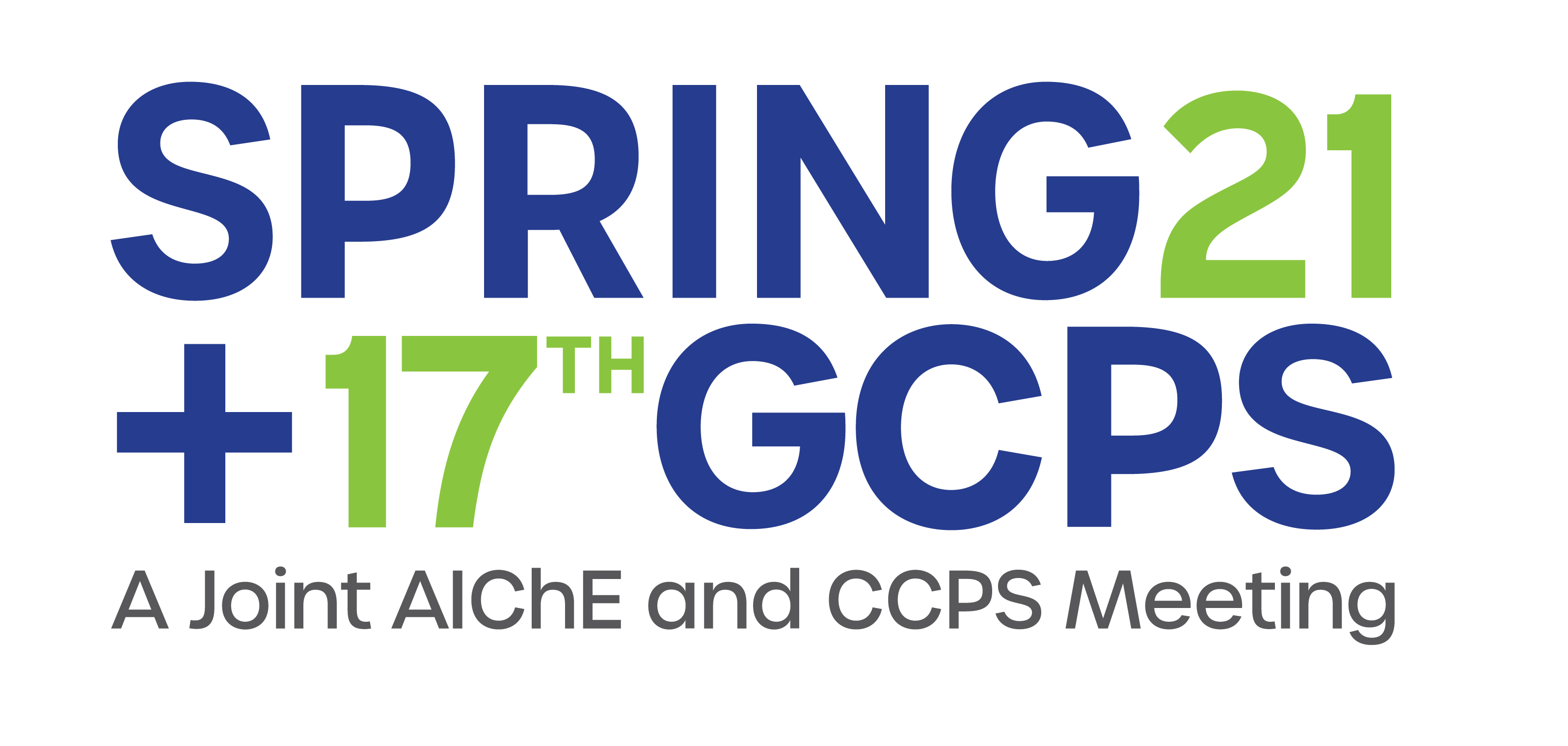

Risk assessment plays a vital role in the project development to identify the hazard, assess the risk, and provide the safety mitigation measures to reduce the risk to As Low As Reasonable Practice (ALARP). This paper presented an industrial case study of low-temperature hydrocarbon gas depressurization from high-pressure process equipment. The incident happened during the plant's start-up after a few days of shutdown for some maintenance work. An investigation was conducted and found the depressurization incident was due to an inactive battery in the Uninterruptible Power Supply (UPS) used to back-up Safety Integrated System (SIS). The depressurization has caused some of the hydrocarbon releases returned into the test hall that suggests an improvement to the vent stack's existing design to prevent re-entry of flammable gas in depressurization due to emergency. In this study, a CFD modeling and consequence analysis was performed for a cryogenic pilot plant to identify the most suitable vent stack design for a safe high-pressure hydrocarbon venting to the atmospheric. The analysis was conducted for four different vent stack designs. From the CFD simulation for methane and CO2, the existing vent stack design (U-shape) resulted in the highest gases trapped in the testing hall due to poor vent design leading to unsatisfactory gas dispersion during high-pressure gas blowdown. The L-shape vent stack design (design #3) is selected from the study because it had a good gas dispersion in the atmosphere, and the methane and CO2 gas trapped inside the building were less than 5% LEL and 1%, respectively, below the safety threshold limit.
Presenter(s)
Once the content has been viewed and you have attested to it, you will be able to download and print a certificate for PDH credits.
If you have already viewed this content,
please click here
to login.
Language
Pricing
Individuals
| AIChE Member Credits | 0.5 |
| AIChE Pro Members | $19.00 |
| AIChE Graduate Student Members | Free |
| Safety and Health Division Members | Free |
| AIChE Undergraduate Student Members | Free |
| AIChE Explorer Members | $29.00 |
| Non-Members | $29.00 |
